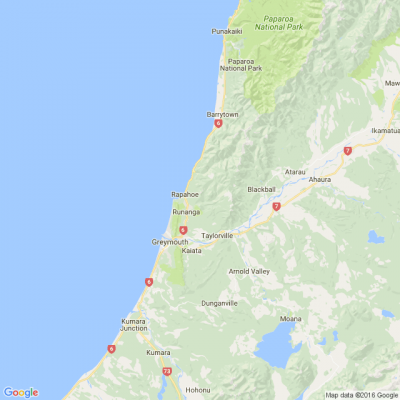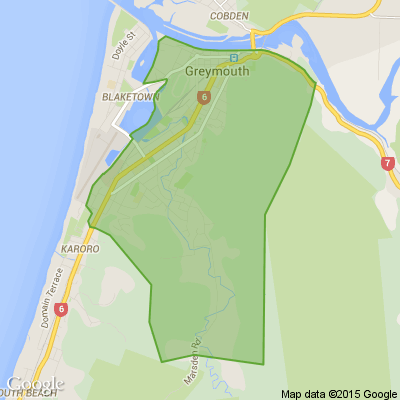Coast council ‘keeps faith’ and adjusts rates take
From local democracy reporter Brendon McMahon:
New property valuations would have netted the West Coast Regional Council an extra $700,000 - a 17% rates yield on top of the 10% increase already approved this financial year.
Instead, the council decided last night to "keep faith" with the 10% increase it had notified in the annual plan, and to make internal adjustments to contain what might have been a whopping 27% rates increase.
Last year the council imposed a 30% increase on West Coast ratepayers.
Councillor John Hill, of Buller, asked for clarification that if the council did nothing the rates would increase a further 17%.
Acting corporate services manager Marc Ferguson confirmed that, noting that would also be additional to the 10% already struck in the annual plan.
Quotable Value valuations effective from July 1 had unexpectedly affected the regional council's projected yield for the 2022-23 rates strike, coming just two days after councillors set a 10% increase. The new valuations automatically bumped that up 15% which, with other adjustments, would have resulted in the extra 17%.
Ferguson said if staff had applied the factors set out in the annual plan "it would have reflected a 17% increase," or about $700,000 of extra income.
The main increases in the region would have been for the Grey district, by about 32%, compared to 2 to 3% for Westland and Buller districts.
Ferguson said they were conscious of the current economic environment for ratepayers and the recommendation was to "keep the yield as it was originally".
Councillors agreed, and councillor Laura Coll-McLaughlin, of Buller, summed it up: "We needed a certain budget, and it was just about how we got there (by adjusting) the machinery behind the scenes, and not taking more than what we intended".
Coll-McLaughlin suggested the council in future revisit the differential applied for each of the three districts.
She noted the Grey district represented about 43% of the capital values for the entire region yet it appeared the actual differential applied currently was set at about 39%.
Ferguson said there might an historical basis, "possibly linked to population in each of the areas".
Coll-McLaughlin said she saw that Westland had 30% of the capital value but noted it only had 20% of the region's population.
Councillor Peter Ewen noted the last 'on-line' census, considered to be "a bit of a fiasco" might be one factor in the differential settings.
"The figures we got for the West Coast would not be that accurate, I would think."
*Public interest journalism funded by NZ On Air
Poll: Are Kiwis allergic to “exuberance”? 🥝
In The Post’s opinion piece on the developments set to open across Aotearoa in 2026, John Coop suggests that, as a nation, we’re “allergic to exuberance.”
We want to know: Are we really allergic to showing our excitement?
Is it time to lean into a more optimistic view of the place we call home? As big projects take shape and new opportunities emerge, perhaps it’s worth asking whether a little more confidence (and enthusiasm!) could do us some good.

-
41.7% Yes
-
31.6% Maybe?
-
26.8% No
Brain Teaser of the Day 🧠✨ Can You Solve It? 🤔💬
How many balls of string does it take to reach the moon?
(Peter from Carterton kindly provided this head-scratcher ... thanks, Peter!)
Do you think you know the answer? Simply 'Like' this post and we'll post the answer in the comments below at 2pm on the day!
Want to stop seeing these in your newsfeed? No worries! Simply head here and click once on the Following button.

Poll: Are our Kiwi summer holidays helping us recharge, or holding the economy back? ☀️🥝
There’s growing debate about whether New Zealand’s extended Christmas break (and the slowdown that comes with it) affects productivity.
Tracy Watkins has weighed in ... now it’s your turn. What’s your take? 🤔

-
72.7% We work hard, we deserve a break!
-
15.9% Hmm, maybe?
-
11.4% Yes!






 Loading…
Loading…